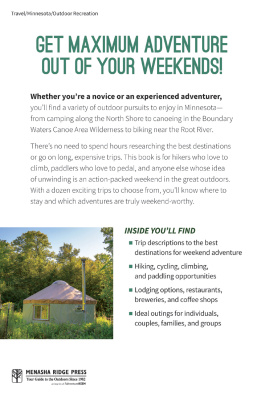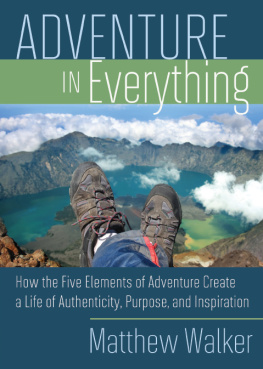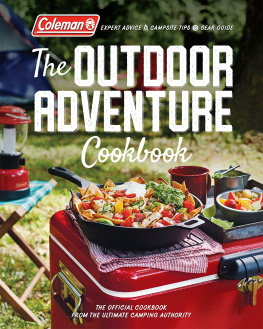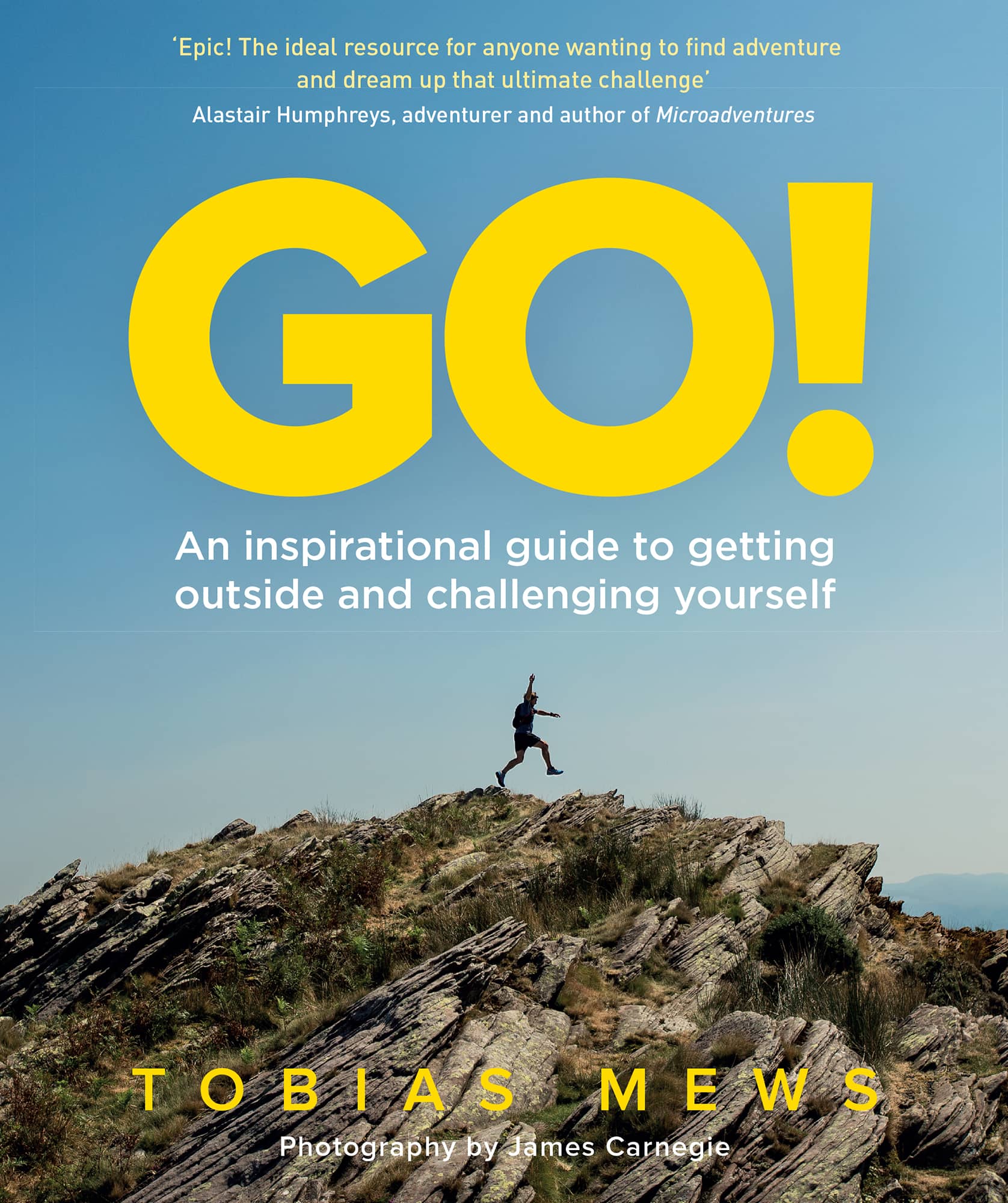I love to race. From the nervous excitement I experience on the start line, followed by a rush of adrenaline as I step outside the boundaries of my self-imposed limitations, right through to those juicy endorphins as I reach the finish. I love the whole experience. And having completed more than 200 races of almost every distance and discipline across five continents, all described in my first book, 50 Races to Run Before You Die, its fair to say Im addicted.
In the closing chapter of 50 Races, I describe a fell race: over the course of five days and virtually self-supported, I ran 200 miles across the mountainous spine of Wales, with nothing but a map and compass to guide me. I so enjoyed that feeling of autonomy, working out what route to take, the mixture of adrenaline and fear I experienced as I crawled along the treacherous Crib Goch, and then the feeling of arriving at the finish, set in the ruins of an ancient castle and I wondered how I could top this. I had waited three years for the race, and if I wanted to repeat the experience, I would have to wait again.
Then it struck me: I didnt have to wait. I didnt need to worry about not getting a slot in a race before it sells out. I didnt even need to enter another race to get that outdoor fix. I could simply organise my own challenge, as I had been doing on and off for over a decade. If a race is similar to going for a special meal in a restaurant, then what I needed to do for the other days of the week was to learn how to cook for myself. Ultimately, the preparation and planning of an adventure is half the fun.
And so began a personal quest to create a series of Race It Yourself challenges. Using the knowledge and skills I picked up from my time in the army, I began to analyse my environment, looking for lakes to swim in, mountains to run up, trains to race against or castles to cycle between. Rather than look for the easiest route, Id look for the most difficult. Essentially, I was turning the ordinary into something extraordinary.
After moving my family from London to the French Pyrenees, I found myself not only entering the odd race, but also racing funiculars with my wife, creating SwimRun routes in the mountains, collecting cols to enter archaic French cycling clubs, bagging peaks, and even creating time trial routes between twinned towns. And in all of these endeavours, there were no entry fees to find. I just needed to grab a map and get outside.
The best way to think of this book is as a series of recipes for adventure or templates for athletic challenges where, just like in a race, the emphasis is on performance. Theyre not meant to replace organised races, but rather to complement them, allowing you in an act of spontaneity to get outside and challenge yourself.
Some of the ideas, like Everesting, are based on existing challenges. Others, like Extreme Twinning, Ive created from scratch. But the one thing that binds them all is the fact that you can do these challenges anywhere in the world. And in most cases, at any time. And for that reason, the book has been divided up into three sections: Midweek Madness, Wacky Weekends and Long-Term Burners.

HOW TO USE THIS BOOK
The ten challenges youll find in Midweek Madness are ones that you can slip into your everyday routine. Theyre designed to be fun and easy to plan but still take you out of your comfort zone. Some ideas, like racing a funicular, might take only a few minutes, whereas others, such as a Five to Nine adventure race, will see you racing up to 16 hours through the night.
But if youre looking for something a bit more challenging, something that requires training and gives you those all-important bragging rights, then flip over to the Wacky Weekends section. This is where youll find athletic challenges that will push you further. You could be trying to run around a mountain before sunset, racing a mountain train, or creating your own Tri-It-Yourself triathlon.
And then there are the Long-Term Burners. These are challenges that you slowly tick off over time or do in your holidays. You might spend your weekends collecting cols with the aim of becoming an Officer of the Ordre des Cols Durs. At the other extreme, you might plan a week-long bikepacking expedition following a river from its source to sea.
STATS
As in a recipe book, the graphics at the top of each chapter give an overview of whats involved: what type of challenge it is; how long it takes to research and prepare for (excluding the training required, because this is personal); how long it will take to complete, whether its good to do with friends/family; and how difficult it is. Moreover, because we live in a social media age where were defined by hashtags, Ive provided one to use when sharing your challenge. #GoRaceItYourself
KIT
Ive also provided a rudimentary kit list. As I dont want to teach you to suck eggs like suggesting you bring a puncture repair kit for a bikepacking adventure its not exhaustive. Moreover, a lot depends upon the weather, climate and the nature of the terrain. But youll quickly realise that most of what you need can be whittled down to a dozen or more essential bits of kit from running shoes and a bike, to a map and GPS tracking device.













